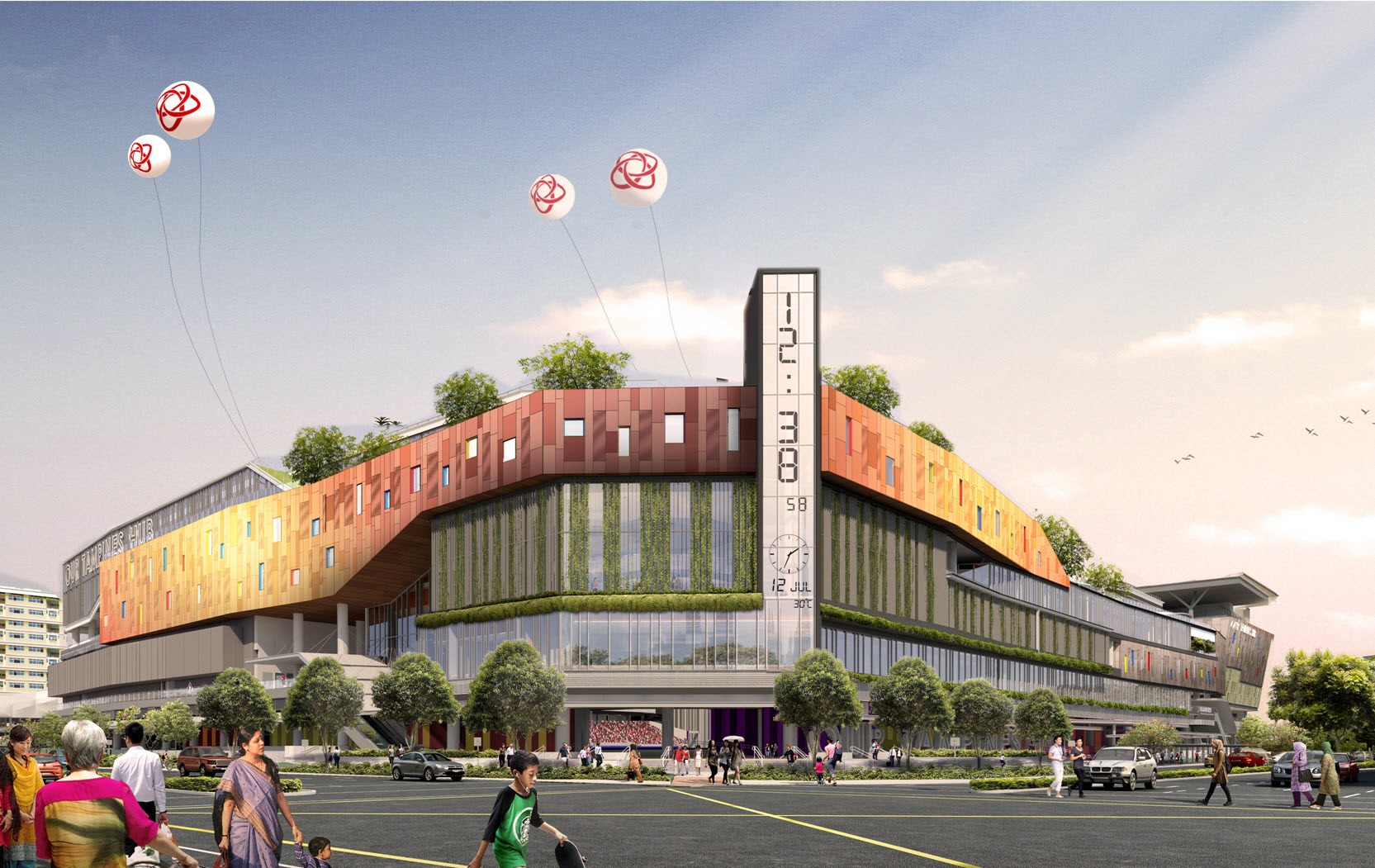
History of Tampines
Located in the eastern part of Singapore, Tampines has a rural past and received its name from the tempinis or ironwood trees that were found in abundance there.
Tampines was also home to several farms, villages, plantations and sand quarries before construction commenced on the development of Tampines town in the late 1970s. More than 3,000 villagers were resettled in new HDB flats.
By the end of the 1980s, Tampines Town Centre and some of the key divisions including Tampines North, Tampines East, Tampines West and Tampines Changkat started to take shape.
What’s in Tampines
Tampines continues to be rejuvenated with new and exciting developments catering to residents, such as Our Tampines Hub and new MRT stations on the Downtown Line 3 (DTL3) which opened in 2017.
Our Tampines Hub is Singapore’s first integrated lifestyle hub that includes six swimming pools, a 20-court badminton hall, five-storey regional library and 5,000 seater stadium with a FIFA-approved football pitch.
Plans for Our Tampines Hub were first unveiled by then-National Development Minister Mah Bow Tan in 2011 as part of the five-year masterplan for Tampines.
The opening of DTL3 introduced two new MRT stations to the area – Tampines West and Tampines East, in addition to the existing Tampines station, which is served by both the East-West and Downtown lines. This provides greater accessibility and shortens travel times for Tampines residents to other parts of Singapore.
Looking for a property in Tampines? Find an agent to take the hassle out of your home search.
Tampines in the next 10 years
According to the URA Masterplan 2014, Tampines North will be developed further in the coming years to provide 21,000 new homes. Residents can also look forward to other commercial developments including:
More primary and secondary schools for families with school-going children. In addition, a new community centre will be completed to offer a range of facilities and programmes to residents in Tampines.
Most homes in Tampines will be within 400m of neighbourhood parks or park connectors, which will bring more greenery to the doorstep of residents, enhancing the beauty and liveability of the area. Residents will also be able to stroll or cycle around the estate via a network of walkways and cycling paths as Singapore looks to become a car-lite city.
New MRT stations along DTL3 as well as improvements to major expressways like Tampines Expressway and the Pan-Island Expressway will provide greater connectivity to commuters who live and work in the East.
Future developments will bring jobs closer to home for residents of Tampines, such as new industrial sites within Tampines North and next to IKEA, Giant and Courts. The continued development of nearby Changi Business Park will see more companies move their operations there due to lower rents, resulting in a more employment opportunities.
Get the Guru View
With more homes and schools being built in Tampines, the neighbourhood is expected to become popular among families with school-going children. While the population of Tampines is expected to increase, making the area more crowded, the government will try to balance this out by increasing the green spaces residents have access to.
Improved connectivity has led to property price increases in the area, and we can only expect this to continue climbing as further extension of the DTL is completed in 2024. Newer industrial and commercial developments will also increase rental demand and rental prices in the area.



